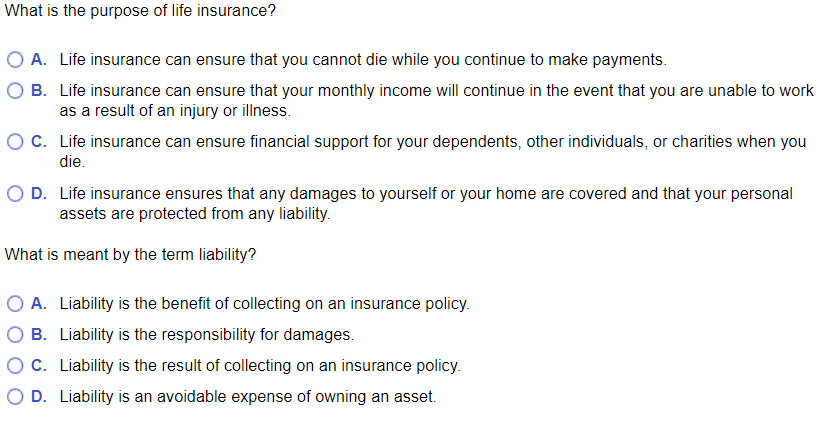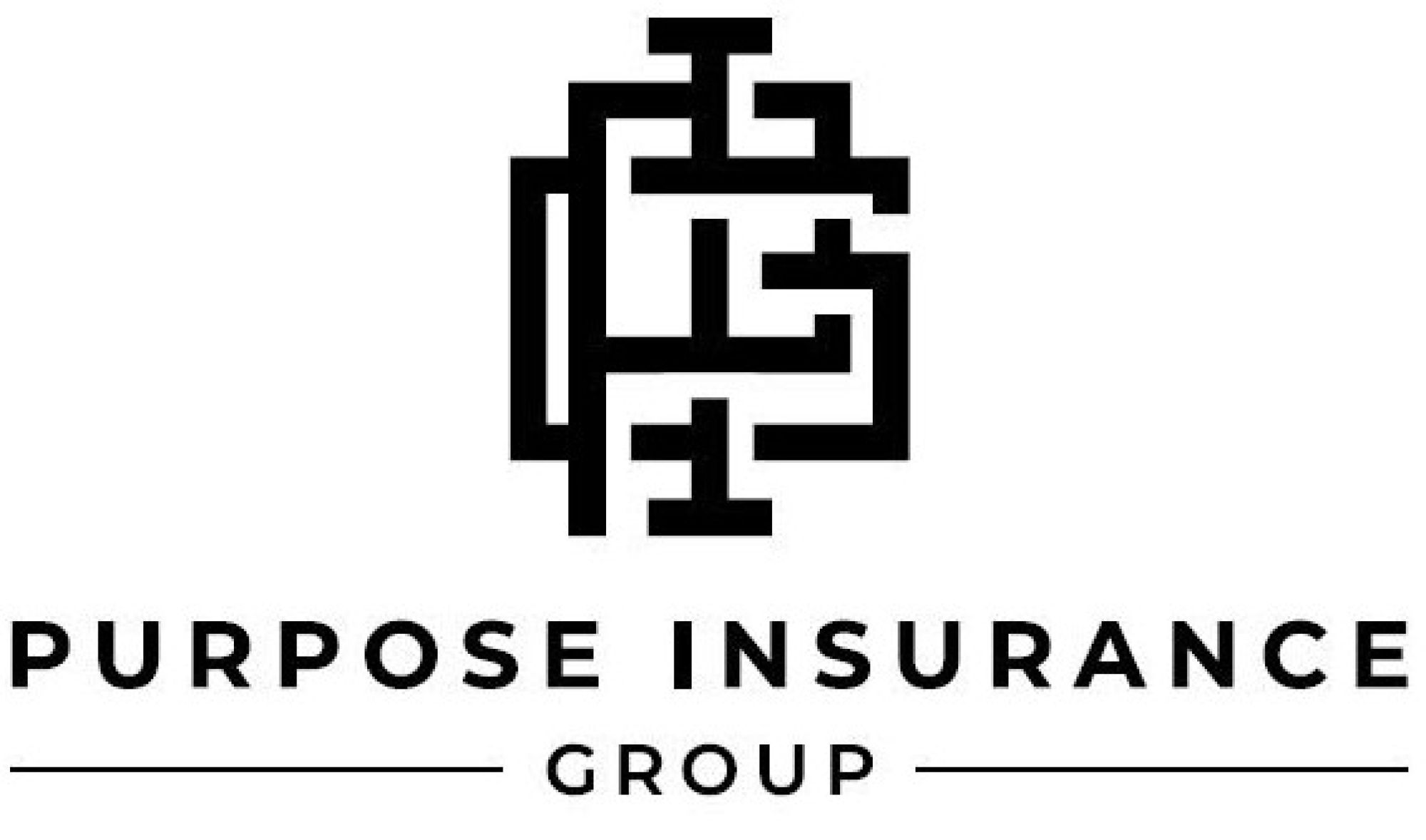The Definitive Guide for Pacific Prime
Table of ContentsExcitement About Pacific PrimeSome Of Pacific PrimeThe Facts About Pacific Prime RevealedSome Known Details About Pacific Prime
In a lot of states, the insurer is required to send you a duplicate of the adjustments to your policy. It is essential that you read Recommendations or Bikers so you recognize how your plan has actually altered and if the plan is still adequate to meet your demands. To get a duplicate of your insurance coverage plan, please contact your insurance agent or company.
The Institute of Medication (IOM) Board on the Effects of Uninsurance launches a prolonged assessment of evidence that addresses the significance of health insurance coverage with the magazine of this report. Coverage Issues is the first in a series of 6 reports that will be released over the next 2 years documenting the fact and consequences of having an estimated 40 million individuals in the USA without wellness insurance protection.

The Best Strategy To Use For Pacific Prime
The objective of this collection of researches is to redouble plan focus on a historical problem. Adhering to the lengthiest financial development in American background, in 1999, an estimated one out of every six Americans32 million grownups under the age of 65 and greater than 10 million childrenremains uninsured (Mills, 2000).

10 percent of the population represent 70 percent of healthcare expenses, a relationship that has actually remained continuous over the previous three years (Berk and Monheit, 2001) - global health insurance. Therefore medical insurance continues to serve the function of spreading danger also as it significantly finances routine treatment. From the point of view of wellness care carriers, insurance coverage lugged by their patients aids safeguard an income stream, and neighborhoods take advantage of financially viable and secure healthcare specialists and institutions
Government offers wellness insurance to populations whom the personal market might not offer effectively, such as disabled and senior individuals, and populations whose accessibility to healthcare is socially valued, such as youngsters and expectant ladies. The utmost ends of wellness insurance protection for the individual and neighborhoods, including workplace areas of employees and employers, are improved health and wellness results and lifestyle.
The Buzz on Pacific Prime
Staff members rank health insurance first without a doubt in significance among all the benefits supplied in the workplace (Salisbury, 2001). Although there have actually been sizable financial investments of individual and public funds to supply medical insurance, lots of people still have no protection. Despite considerable reporting of survey findings and healthcare study results, the general public stays confused and mistaken regarding Americans without health insurance and the implications of lacking insurance coverage.

Without question, the complexity of American healthcare funding devices and the wealth of resources of information include in the general public's confusion and skepticism about health and wellness insurance policy stats and their interpretation. This report and those that will certainly follow goal to distill and present in conveniently easy to understand terms the extensive study that bears upon concerns of medical insurance protection and its value.
Fifty-seven percent of Americans questioned in 1999 thought that those without health insurance are "able to get the care they need from doctors and medical facilities" (Blendon et al., 1999, p. 207). In 1993, when nationwide attention was concentrated on the troubles of the uninsured and on pending healthcare legislation, just 43 percent of those questioned held this idea (Blendon et al., 1999).

They also get less preventative solutions and are less most likely to have routine care for chronic problems such as high blood pressure and diabetes mellitus. Persistent conditions can cause expensive and disabling complications if they are not well taken care of (Lurie et al., 1984; Lurie et al., 1986; Ayanian et al., 2000). One nationwide study asked more than 3,400 adults regarding 15 very severe or morbid problems.
10 Easy Facts About Pacific Prime Explained
Added evidence is presented later on in this phase in the discussion of insurance coverage and accessibility to healthcare. https://qualtricsxmxkzkppyv7.qualtrics.com/jfe/form/SV_9u8Yr9IFs6bVle6. Individuals without medical insurance are young and healthy and choose to go without protection. Virtually half (43 percent) of those checked in 2000 believed that people without wellness insurance coverage are most likely to have health and wellness troubles than individuals with insurance coverage
Citizens and policy manufacturers in focus group conversations identify those without insurance as young individuals that have the chance to be covered and feel they do not need it (Concierge Novelli, 2001). Contrasted to those with a minimum of some exclusive insurance coverage, the without insurance are less likely to report being in outstanding or excellent health (Agency for Health Care Research Study and Quality, 2001).
RESOURCE: Facility for Expense and Funding Researches, Agency for Medical Care Study and Quality, based on MEPS information. Youthful grownups between 19 and 34 are even more most likely to do not have medical insurance than any other age. This is mainly due to the fact that they are much less commonly qualified for employment-based insurance due to the nature of their job or their short tenure in it.
The understanding that individuals without insurance have better-than-average health my company follows from puzzling the reasonably young age profile of the uninsured with the better wellness, generally, of more youthful persons. This covers the link in between wellness condition and health and wellness insurance policy. For those without accessibility to office health and wellness insurance coverage, bad wellness is a prospective obstacle to buying nongroup insurance coverage due to the fact that such protection may be extremely priced, omit preexisting conditions, or be just inaccessible.